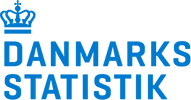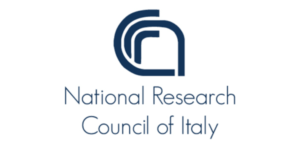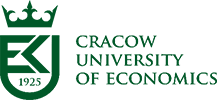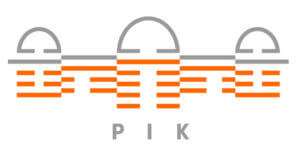LITHUANIA – Migration and demographic patterns in Central-Eastern Europe
This report is a part of deliverable “D.6.2. Report on migration and demographic patterns in the EU CEE countries and potential source countries” from the project FUME – Future Migration Scenarios for Europe (870649), financed with the Horizon 2020 programme. In particular, this country report focuses on critical analysis of immigration data from Lithuania. The analysis consists of an overview of stock and flow data on migrants including such dimensions as: age groups, gender, country of origin, education levels, and length of residence. This report is a first step in an analytical exercise, which aims to determine migration potential from and to Lithuania and furthermore, to provide necessary data input for fine-tuning of the FUME migration projection model.
The report presents the historical framework of the migration transition of Lithuania from migrant-sending to migrant-receiving country, major national groups of immigrants and their demographic structure. It also provides critical analysis on the validity of various statistical sources of data and draws some initial conclusions on the temporality/permanent nature of immigration in Lithuania. Lithuania, as other Baltic states included in this deliverable, shares some similar patterns of migration due to a common history, including Russian and Soviet political dominance, political oppression during the communist times, and settlement policies within the USSR. Yet, Lithuania presents also some different patterns from Estonia and Latvia. This includes, inter alia, the longer history and richer traditions of independence, which have an influence on more inclusive policies on immigration and citizenship than the other two Baltic republics.









